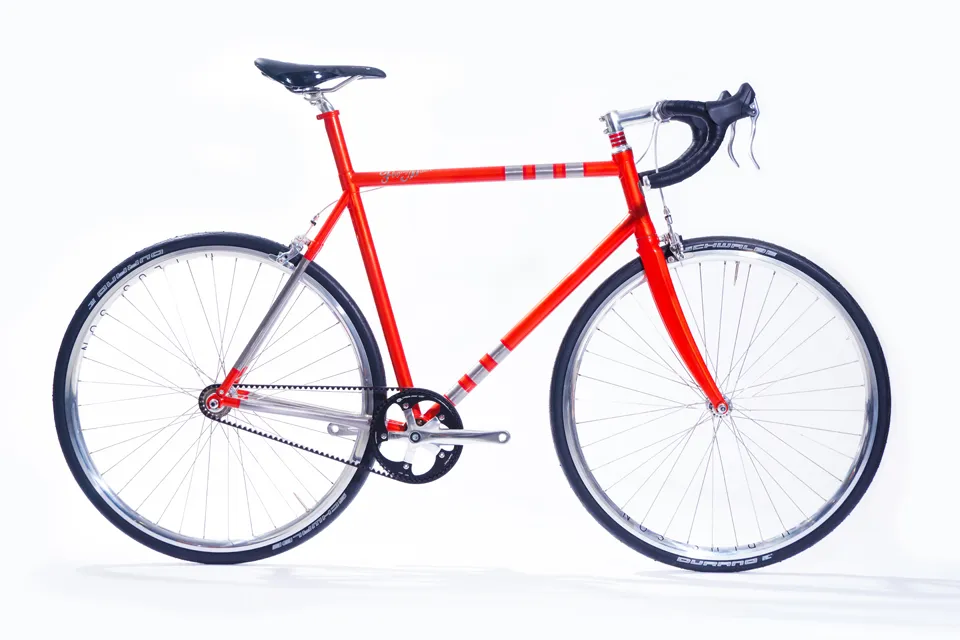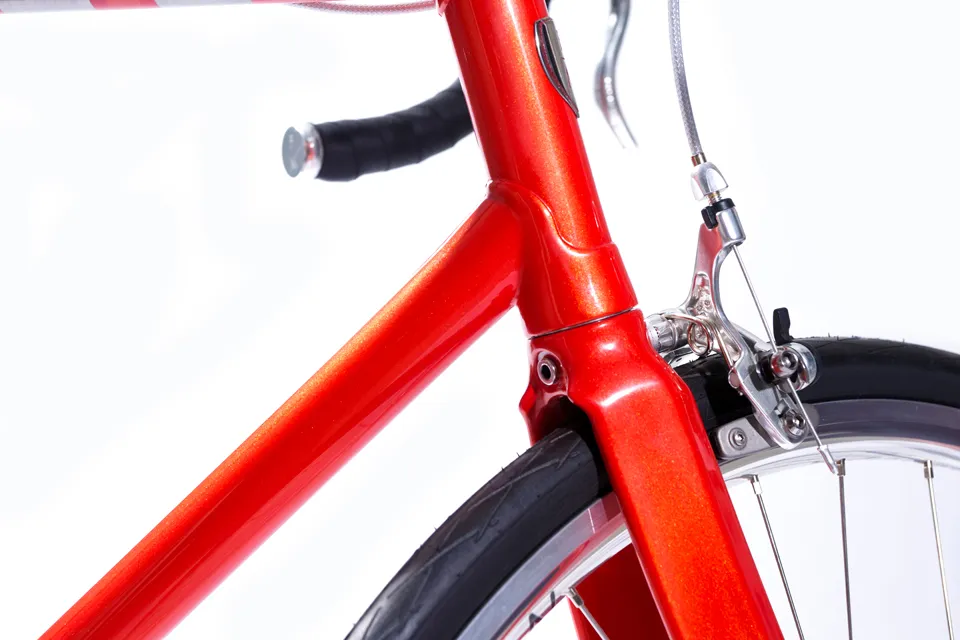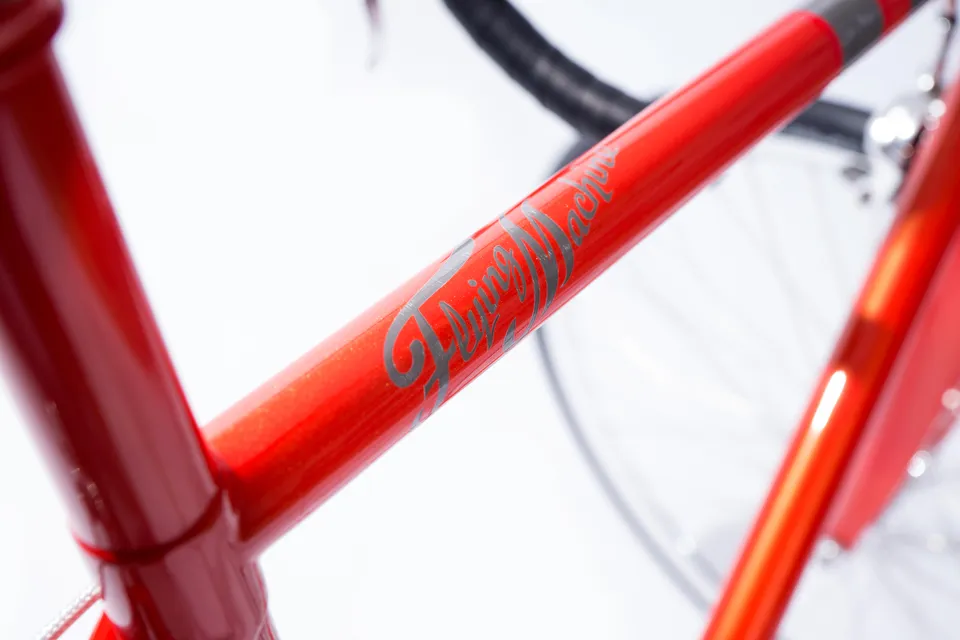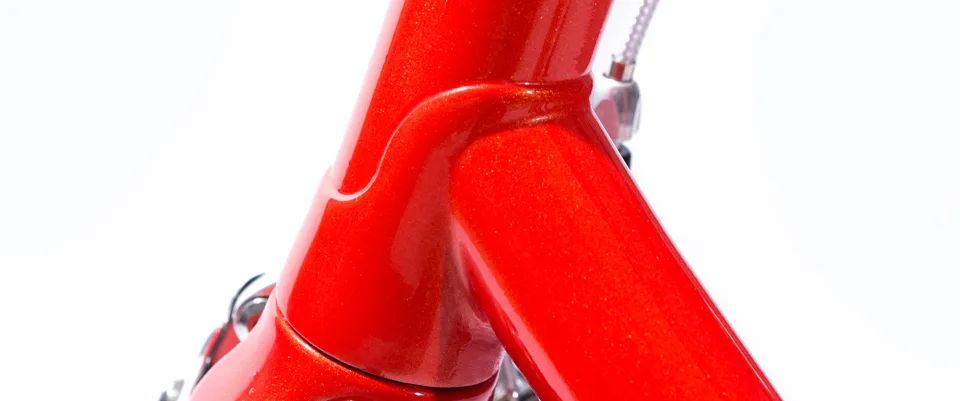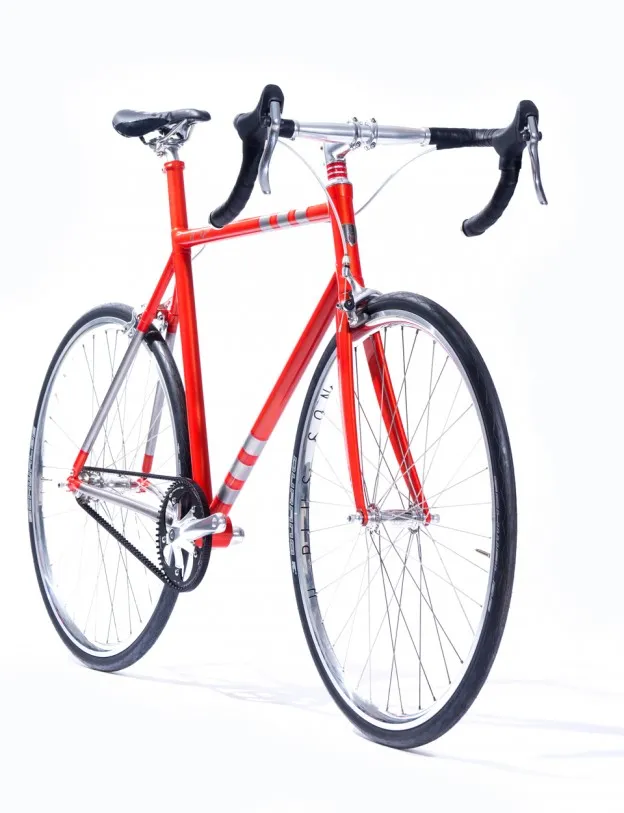We’ve seen a few examples of 3D printing in the bicycle industry and the possibilities that it could hold for the future. More recently, the use of titanium printing emerged, namely the dropouts of Charge’s Freezer Ti cross bike.
Another brand taking advantage of innovations in 3D printing technology is Flying Machine, a small company based in Perth, Australia. Owner Matthew Andrew recently built its first titanium bike with 3D printed titanium lugs – the 3DP-F1.
The product has been made possible by advancements in 3D printing, and the CSIRO (Commonwealth Science and Industrial Research Organisation) offering EBM (Electron beam melting), the only one of its kind in the Southern Hemisphere.
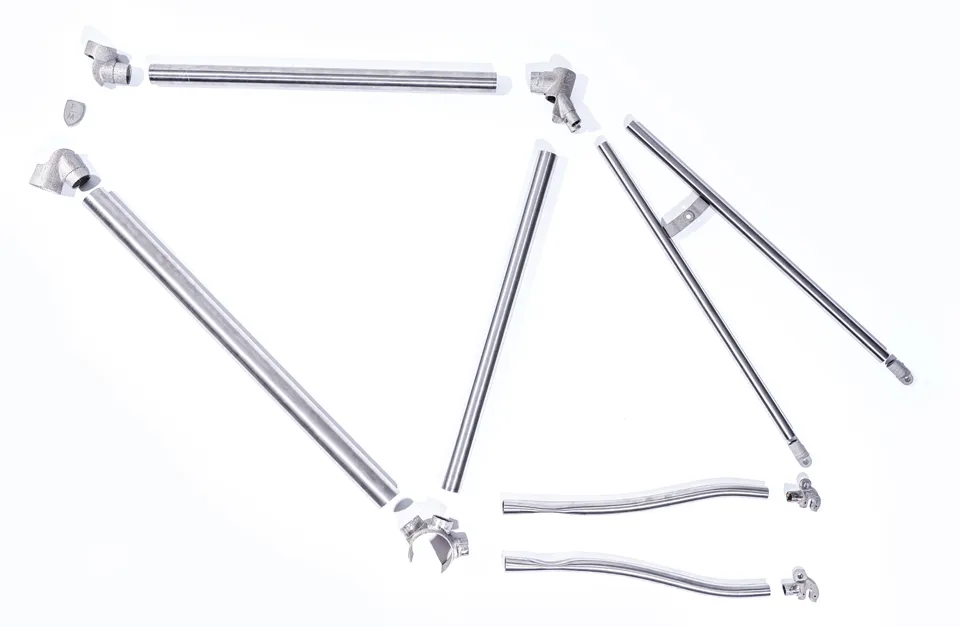
Compared to more traditional titanium 3D printers, EBM produces greater heat and allows for thicker layers of material to be printed, greatly cutting down on manufacturing time.
The concept of 3D printing titanium lugs has been done before – designer Ralf Holleis built some incredibly beautiful and light frames – but the cost of manufacturing was previously prohibitive, and that’s the big innovation with the efficient EBM printing.
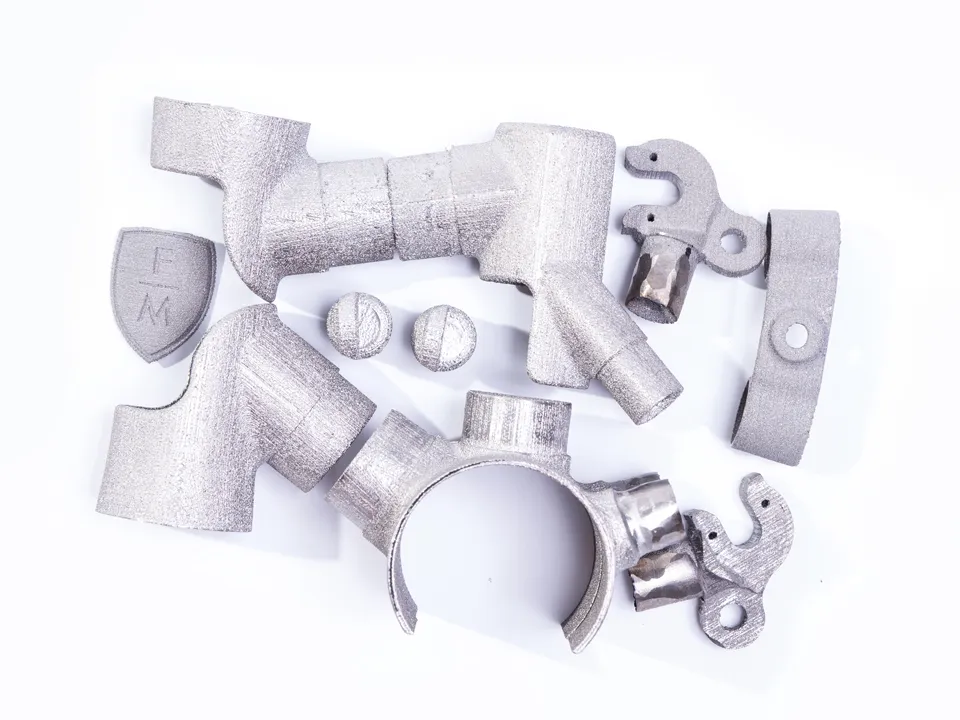
The electron beam melts layers of titanium dust to produce a void free, fully dense titanium structure with the same or greater strength as a forged or cast product.
Due to the rapid processing nature of the machine, the outer cosmetic surface is rougher than what would be achieved with other titanium 3D printers. Andrew says this isn’t a sign of tolerances, but rather finish, and it’s entirely possible to smooth the parts to a mirror finish, with enough work. With Lynskey Titanium charging an extra US$2,000 for a polished frame, it’s no wonder that Flying Machine paints its bikes for a more pleasing look.
Andrew explained that lugged frames aren’t a popular method these days due to labour intensive manufacturing costs, especially when it comes to offering custom geometry changes. 3D printing is a solution to this, offering small or singular batch manufacturing without the often associated costs. Andrew said: “It’s hard to beat the aesthetics of a well-styled lug”.
Andrew is proud of the possibility for lightning quick lead times, claiming that a frame can be turned around in as few as 10 days and a complete bike built in three weeks from time of order – compare this to the quoted 10-week lead time for the company's steel bikes.
Current frame weights are about 1.6kg – the target weight is 1kg for a full titanium frame. Andrew admitted this is an ambitious goal, but told us that the 3D printed lugs themselves are currently about 400g, and that was for a proof of concept, now they can begin working on ways to reduce weight.
When we asked about other areas of the bike, Andrew suggested that anything is possible and that a stem may be the next big thing we see from them.
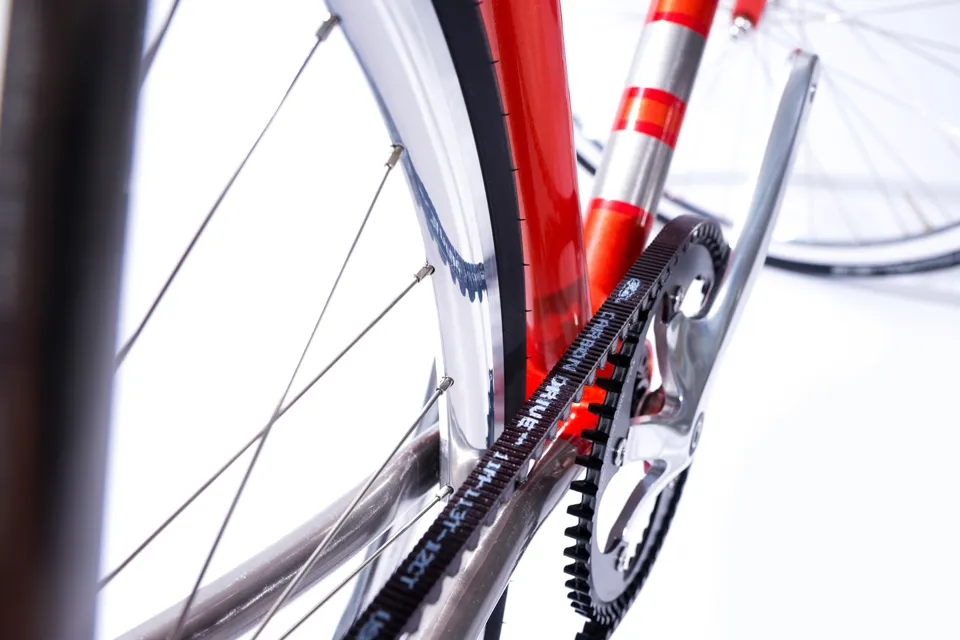
Flying Machine specialise in belt drive equipped bikes and previously only offered Australian-designed, off-shore manufactured steel bikes. The new 3D printed lugged bikes mean the frame is now entirely Australian-made (with the exception of some tube sourcing).
Flying Machine have already began selling the new 3D printed titanium bikes, with prices starting from AU$3,500 for a basic belt-drive build, and AU$5,500 for a Shimano Alfine Di2 equipped bike.
